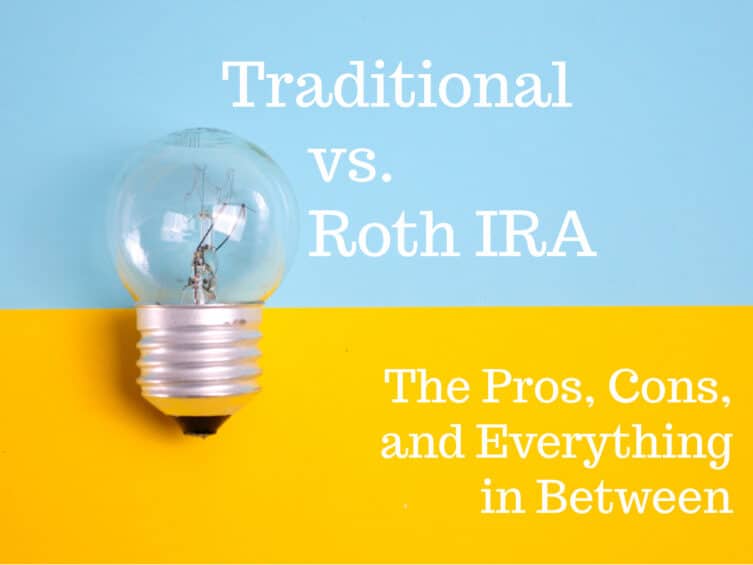Read on to learn the advantages and disadvantages of traditional vs. Roth IRA to make the right decision for your retirement.
Planning for one’s retirement is one of the best ways to make sure that you’ll have the means to support yourself and your family when you no longer have a paycheck. And the earlier you start planning, the more prepared you’re going to be.
One of the most important things to know about retirement planning is the difference between traditional vs Roth IRAs. By choosing the right kind of IRA, you could potentially end up saving yourself thousands of dollars.
If you’re interested in learning more about IRAs, then continue reading and we’ll take you through everything you’ll want to know!
Traditional vs Roth IRA
The most significant difference between a traditional and Roth IRA has to do with how and when you get a tax break.
With a traditional IRA, your contributions are tax-deductible in the year that they’re made. With a Roth IRA, your money is taxed when you put it into the account and not when you withdraw it.
This means that the question that you have to ask yourself is: Do you think that your taxes will be higher or lower when you plan to withdraw your funds?
If you only just recently joined the workforce and you anticipate that taxes will be higher in retirement, then it would make more sense to set up a Roth IRA. This way, you’ll be taxed in your current tax bracket. When you finally retire, you can take out your money without worrying about having to pay any taxes on it.
If you’re currently in a well-paying position and you think your taxes will be lower when you retire, you would be better off with a traditional IRA. This way, you’ll only be taxed when you take out you make withdrawals.
Why the Roth IRA Is Preferred for Most Savers
The best reason to use a Roth IRA is that withdrawals are TAX FREE. If properly used, your growth and future withdrawals after age 59½ will be completely TAX FREE. In addition, you must start taking Required Minimum Distributions from your traditional IRA at age 72. This isn’t the case with a Roth IRA, unless you inherited one.
Also, early withdrawal rules are much more flexible with a Roth IRA. Post-tax contributions (not earnings) may be accessed without a 10% penalty if you are under 59½. You can also withdraw money (not earnings) from your Roth IRA account before retirement. If you have a traditional IRA, you’ll likely have to pay a hefty penalty to do this.
The Importance of Knowing the Differences Between a Roth and Traditional IRA
As you can see, having a retirement account can help you grow your wealth while taking advantage of some handy tax breaks. And by knowing the differences when it comes to traditional vs Roth IRAs, you can save the optimal amount of money and be more prepared for your retirement.
Are you looking for assistance with planning for your retirement? If so, then contact us today and see what we can do for you!


